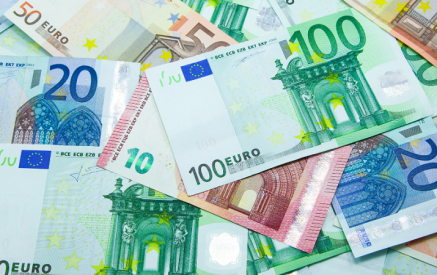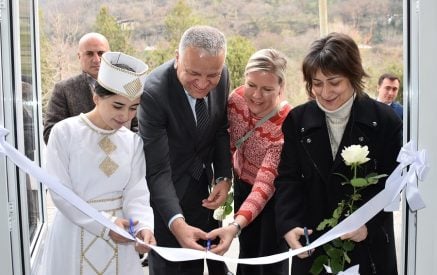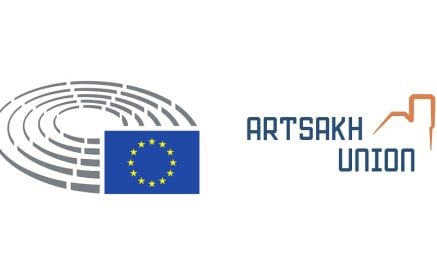After six months which laid the groundwork for developing a green human rights agenda at the level of the Council of Europe, the Georgian chairmanship of the Committee of Ministers comes to an end today. Although efforts have recently been slowed down by the COVID-19 pandemic, the Georgian presidency played a very important role in setting the stage for a timely debate around the interconnection between human rights and the environment, as well as the place the Council of Europe – as a fundamental rights organisation – should occupy in the field of international environmental law.
The environment has progressively climbed up the hard ladder of political agendas and is now a global priority, becoming a concern for a wider audience, especially the youth, while cutting across a diversity of issues. It is well established today that the environment bears a human rights component that can no longer be overlooked. More than 150 countries across the world have formally acknowledged the human right to live in a healthy environment in their national constitutions, other laws and jurisprudence or multilateral agreements. The EU’s environmental diplomacy, as well as its internal policies, have taken a new turn with the launching of the Commission’s recent sustainability reform project, the European Green Deal.
The Council of Europe, on its side, has already brought a huge contribution in areas of biodiversity protection, landscape management and sustainable territorial development. What the most important human rights institution in Europe lacks however is a framework treaty providing for the overall protection of the environment as a basic human right. Under the Georgian presidency of the Committee of Ministers and also due to a renewed focus on the environment proposed by the new president of the Parliamentary Assembly, Rik Daems, the Council of Europe has initiated discussions over the different options available that could fill up the gap, including the updating of its benchmark European Convention on Human Rights.
The linkage Environment & Human Rights. Where to start? How to pin it down?
If regarded on a wider historical timescale, the treatment of the environment through the lens of human rights law is rather new. The most important human rights instruments on which we rely today – the Universal Declaration of Human Rights (1948), the European Convention on Human Rights (1950), the European Social Charter (1961), as well as the International Covenant on Civil and Political Rights (1966) and the International Covenant on Economic, Social and Cultural Rights (1966) – were all products of a wider post-World War II ambition to secure hard-won fundamental rights and freedoms. As the world was slowly bouncing back from the effects of war destructions, environmental concerns appeared to be out of sight.
Read also
This initial gap was progressively filled up by several UN protection instruments which laid the groundwork for an increasingly rich corpus of environmental law, such as the Stockholm Declaration of 1972 (the first document formally recognising the link between human rights and the environment), the Framework Convention on Climate Change (UNFCCC), the 1998 Aarhus Convention or the 2016 Paris Agreement (the first legally binding climate agreement in the world). More recently, a Global Pact for the Environment was put forward by an international network of experts and coordinated by the Club des jurists, a legal think tank, and is currently being negotiated between states after the UN General Assembly voted in favour of the initiative in May 2018. The Global Pact was conceived as a potential framework treaty with legal force for the overall standardisation of environmental policies.
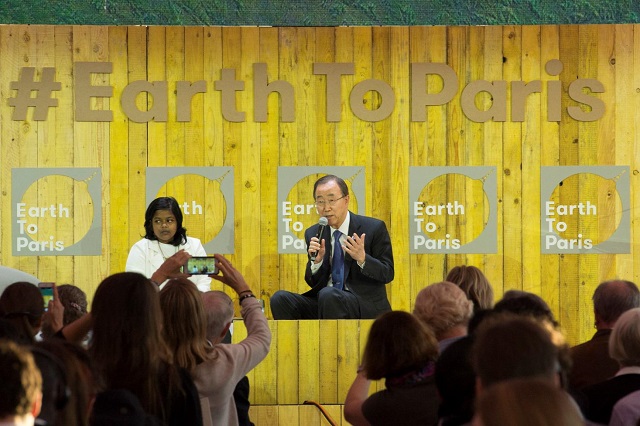
Former UN Secretary-General Ban Ki-moon taking part in “Earth To Paris” global live-streamed event during the UN Climate Change Conference (COP21) 2015 | Source: United Nations Photo Flickr
The Council of Europe and the ‘environmentalisation’ of its human rights standards
On the side of the Council of Europe, no formal reference to the link between human rights and the environment exists in any of the two fundamental texts it guards, the European Convention on Human Rights and the European Social Charter. The high-level conference organised by the Georgian presidency of the Committee of Ministers on 27 February 2020 provided a new opportunity to assess these legal limitations and new ways to overcome them.
This first conference indeed yielded a very fruitful reflection. It highlighted a twofold legal gap. First, under international law the environment is not protected by any general framework convention. Several sectorial international treaties cover limited environmental aspects, such as landscape, biodiversity or climate protection, but no single agreement governs the overall protection of the environment as such. Second, the cornerstone legal instrument of human rights protection in Europe, the European Convention on Human Rights, does not explicitly lay down a fundamental right to live in a healthy environment, nor does the European Social Charter. This does not mean environmental considerations are totally out of sight in the application of the Convention. On the contrary, the European Court of Human Rights has developed over the years a remarkable corpus of jurisprudence on environment-related disputes. However, the lack of a clearly defined right to live in a healthy environment is an important shortcoming of the Convention and the Council of Europe treaty system, more broadly.
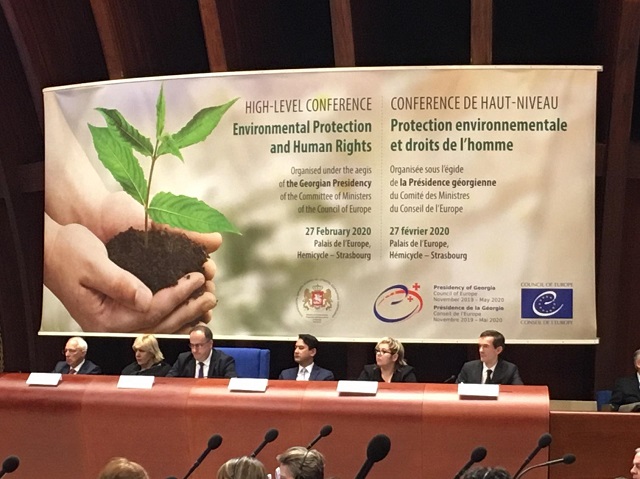
Participants at the high-level conference on human rights and the environment, including EEAS DMD Marc Giacomini (right) and the Council of Europe Commissioner for Human Rights Dunja Mijatović (second left)
Among the speakers at the conference, Ms Elisabeth Lambert, Research Professor at the CNRS and the Faculty of Law, University of Strasbourg, suggested the implementation of a partial extended binding agreement(link is external) between countries willing to engage on a more concrete pathway, including a monitoring mechanism and a complaint procedure. Mr Daems, the President of the Parliamentary Assembly, claimed the best possible response to the current legal gap would be the elaboration of an additional protocol on environment attached to the European Convention of Human Rights. A competing view was advanced by Mr Palmisano, President of the European Committee of Social Rights, who advocated the addition of such a protocol to the European Social Charter. Most participants, however, went instead for milder alternatives such as making the best possible usage of extant treaties. They pushed for the ratification, by those states which haven’t done so yet, of existing sectorial Council of Europe instruments such as the Bern Convention or the European Landscape Convention.
The EU, on its side, also made clear its commitment to consolidating the legal treatment of this most pressing issue. Mr Marc Giacomini, Deputy Managing Director in the EEAS speaking on behalf of the EU at the conference, called for collective European leadership in order to achieve efficient and comprehensive legal environmental protection. He acknowledged the importance of the Council of Europe in acting like a nexus between environment and human rights protection and also stressed the need for joint action with human rights defenders, indigenous people and the youth.
The efforts made by the Georgian chairmanship of the Committee of Ministers are a promising sign of engagement on the side of the Council of Europe. This trend should definitely be pursued and accelerated. What we should bear in mind is that the challenges we are facing today require collective responsibility and swift action. The Council of Europe has the instruments to make a difference. It has the expertise, the corpus of law and an increasingly aware international community on its side.
We will support our partners from the Council of Europe and make the best possible use of our co-working toolbox including political dialogue as well as technical and legal cooperation. We look forward to the second high-level conference on the role of international human rights courts in monitoring governments’ compliance with their obligations under environmental law that will be organised by the Georgian Permanent Representation in Strasbourg on 5 October 2020 as a follow-up on the success of the first conference.
The right to live in a sound environment is without doubt a fundamental human right. It is the sine qua non for the enjoyment of all other rights and freedoms we are entitled to. It is, above all, the foundation of life, safety and happiness for all.
………..
European Union
Main caption: Sheep freed onto the grounds of the Palais des Nations, the UN’s headquarters in Geneva, marking an annual environmentally-conscious tradition | Source: United Nations Photo Flickr

























































